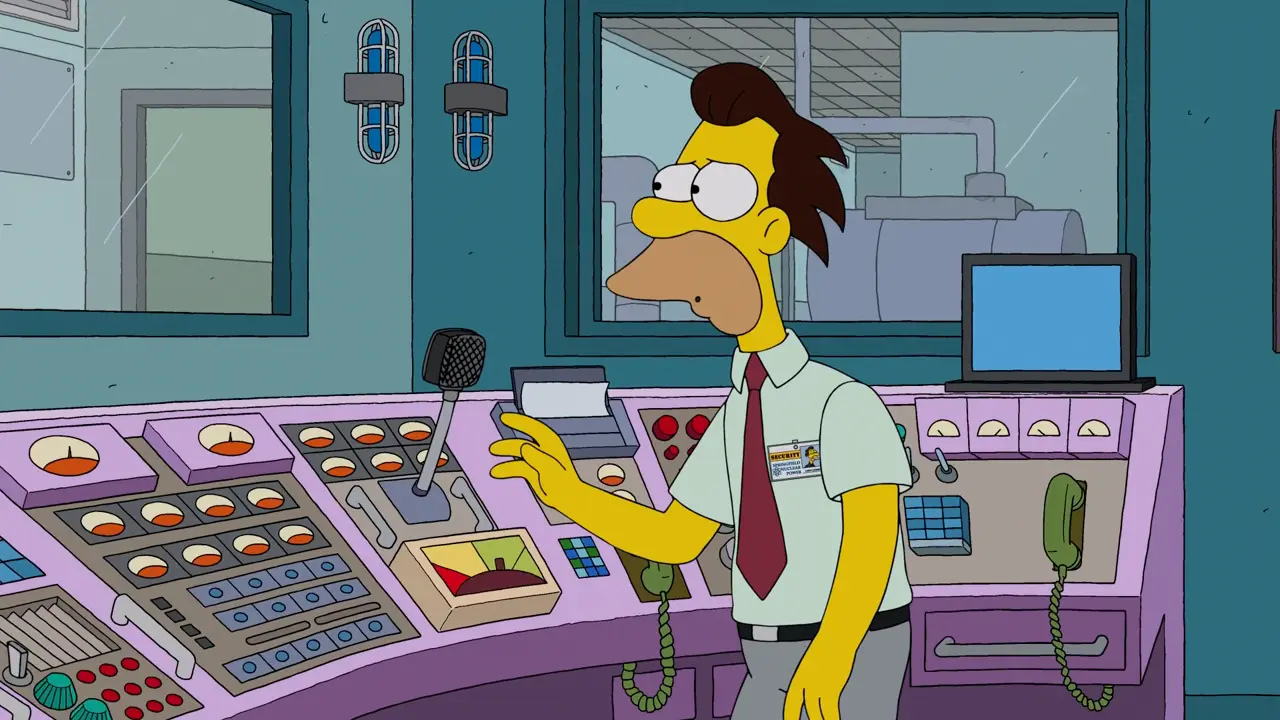In this Issue
💡 Light Switch Method
🗺️ Acquisition Lanes
⛺️ Tent Pole Marketing

💡 Light Switch Method
The Light Switch Method might be the simplest way to test your marketing efficacy, especially with Google Ads. Turn your campaigns off for 90 days to prove they work.
This year several of our clients were questioning their digital ad campaigns. They had a gut feeling they weren’t working, but didn’t have the data to prove it.
We advised them to pause their campaigns. The results were surprising:
- Client A discovered the bulk of their Google and Meta inquiries were customer service requests. There was no effect in sales performance (volume of quotes, won orders, or revenue) after pausing digital advertising.
- Client B discovered Sales Reps actively avoided responding to web leads, because most were a poor fit. They paused spending $25,000 per month on Google Ads with zero impact on revenue.
- Client C believed they lost money on every customer sourced from Google Ads. They paused campaigns for 90 days. With no significant impact on revenue, they redirected the ad spend to hire more salespeople.
Google and Meta reports can paint a glowing picture, but you must track the spend through the full sales cycle, from marketing to sales to delivery:
- What is the customer acquisition cost for each Google lead?
- Is the customer acquisition cost profitable?
- Are your ads bringing in the right customers?
Without a sophisticated CRM system, generating this data is challenging. In another case, Client D tracked Google leads from web forms through to its sales reps’ commission reports. The finding: the company was spending $5 to generate $3. The math didn’t math. They are pausing their ad campaigns too.
If you are questioning your ad campaigns, consider a short term pause. If you see a sudden drop in sales, turn the ads back on. If nothing happens, consider doing something else with the advertising resources.
One Stat to Watch
40%
Customer acquisition costs increased by 40% between 2023 to 2025 for e-commerce brands, according to UpCounting.
🗺️ Acquisition Lanes
Instead of spreading your marketing resources across multiple channels, focus on one to three reliable Acquisition Lanes.
This leads to higher quality customers, more predictable lead flow, and lower customer acquisition costs.
There are two types of Acquisition Lanes:
- Path of Search: How do customers search for your products or services when they have a need? Think beyond Google, and apply the real estate agent’s mantra, “Location. Location. Location.”
- Path of Referral: Who knows about a customer need first? Look for partners who integrate your products into their solution, or where there are natural “starts and stops” to where one service ends and another begins.
⛺️ Tent Pole Marketing
Most trade shows and events are a waste of time and money. Not because the event is poor, but because the sales team fail to use the event as an effective sales generation campaign.
Turn your events into a Tent Pole Marketing Strategy.
The event is the peak of the tent. Think of it like the Super Bowl or Apple’s annual iPhone event. It’s a moment of energy and engagement.
The real value to these big events, at least from a sales context, is the lead up and follow through before and after the event.
Leading up to the event is an opportunity for the sales team to reach out to prospects and customers. It’s an excuse to have a conversation. The sales team can invite contacts to the event, talk about themes or announcements for this year, and book meetings.
That’s a big one. Give your sales team quotas for the number of meetings they will pre-book at the event, as well as with local customers before and after the event. If you’re going to travel, make the most out of the location and expense.
Following the event, the down slope of the tent, is for chasing both contacts you met at the event and people that could not attend. It’s the sales team’s moment to schedule discovery calls and demos, share information and announcements made at the event, or provide special offers.
The event itself is almost secondary in its lead generation value. It’s a reason to have a conversation. Use the lead up and follow through from your trade shows, events, and sponsorships to turn conversations into customers.
Events are sales campaigns, not marketing campaigns.
🤔 Thoughts on Today’s Issue?
We’d love to hear your feedback. Message with any thoughts, comments, or ideas for future issues.